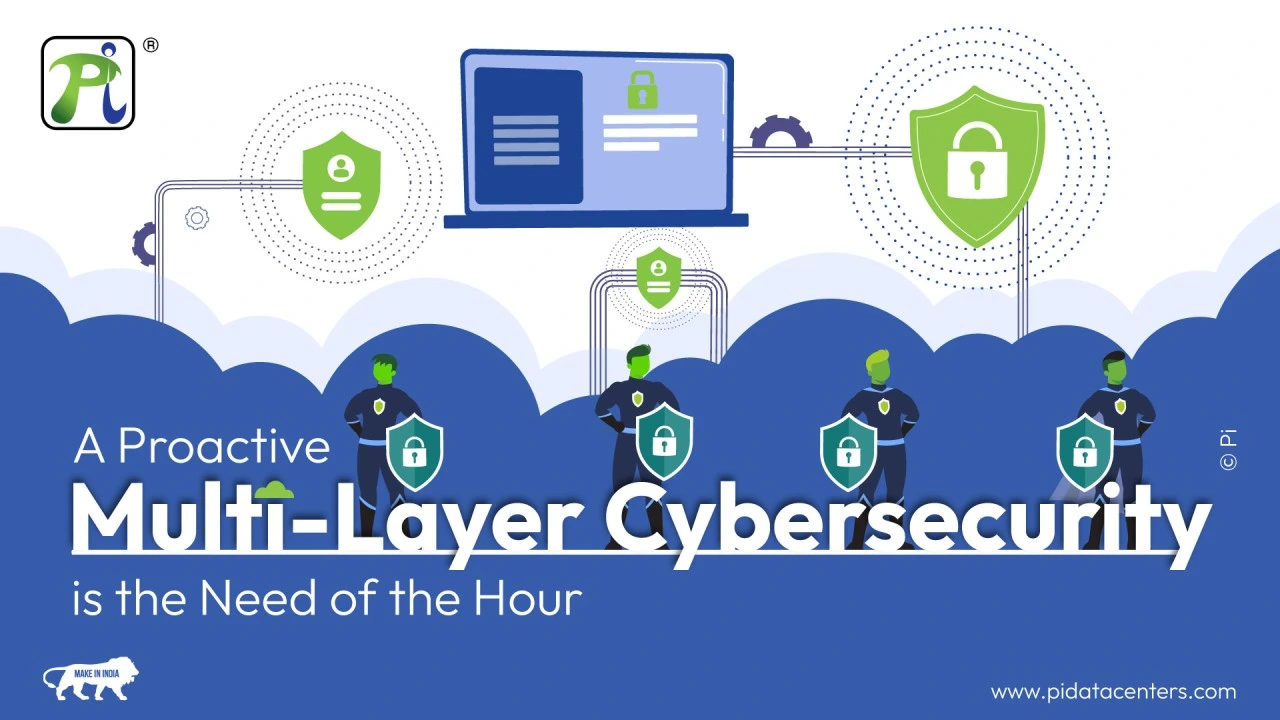We Will Get Back To You As Soon As Possible


In today's digitally driven landscape, cybersecurity has become a critical concern for businesses across various industries. The ever-evolving cyber threat landscape demands a proactive and multi-layered approach to safeguard sensitive data, ensure regulatory compliance, and reduce incident response costs. What's in it for enterprises is a comprehensive cybersecurity strategy that identifies, prevents, and recovers from security breaches. Here's how this approach, bolstered by advanced cybersecurity services, can benefit different sectors:
Financial institutions are prime targets for cyberattacks due to the vast amounts of sensitive financial data they handle. The constant evolution of cyber threats, such as phishing, ransomware, and DDoS attacks, keeps these organizations on their toes. Ransom DDoS attacks saw a year over year increase of 67% and a quarter over quarter increase of 24%, according to industry reports.
Solution: a proactive cybersecurity approach involves leveraging services like the Security Operations Center (SOC), Endpoint Detection and Response (EDR), Identity & Access Management (IAM) and Firewall as a Service (FWaaS). This strategy can monitor network traffic, detect anomalies, and mitigate DDoS attacks swiftly, ensuring the security of financial data and regulatory compliance.
Challenge: The healthcare sector holds valuable patient records, clinical data from computerized provider order entry (CPOE), data from clinical support systems, machine-generated medical data, smartphone health apps, emergency care data, news, and medical journal articles, making it attractive to cybercriminals. The rise of telemedicine and interconnected medical devices also widens the attack surface. With an average data breach cost of $10.10 million in 2022, the healthcare sector has been the most expensive for breaches for 12 years running.
A multi-layered cybersecurity approach with Endpoint Detection and Response (EDR) and Identity & Access Management (IAM) services can secure Electronic Health Records (EHR) and protect against unauthorized access. Regular security audits and updates further enhance the sector's cybersecurity posture.
Online retailers are susceptible to data breaches, impacting customer trust. Payment card information and personal details are valuable targets. In 2022, e-commerce companies lost $41 billion due to online payment fraud, according to industry reports. This number is anticipated to reach $48 billion by 2023's end. In 2022, e-commerce companies lost $41 billion due to online payment fraud, according to industry reports. This number is anticipated to reach $48 billion by 2023's end.
Implementing Payment Card Industry Data Security Standard (PCI DSS)-compliant solutions and Web Application Firewall (WAF) services can protect customer data and maintain trust. Regular vulnerability assessments and penetration testing are vital for cybersecurity.

As industrial processes become more automated and interconnected, the manufacturing industry faces increased exposure to cyber threats. Attacks on critical infrastructure can disrupt production and cause financial losses. There was a 43% increase in cryptojacking in 2022 and an astounding 87% increase in IoT malware.
A proactive approach includes securing Industrial Internet of Things (IIoT) environments through segmentation, network traffic monitoring, and anomaly detection. Employee training in cybersecurity best practices is crucial to maintain operational integrity.
Educational institutions store vast amounts of student and staff data. The shift to online learning has further increased their vulnerability to cyberattacks. A study found that software vulnerabilities, phishing, and the use of Remote Desktop Protocol (RDP) were the main reasons for ransomware incidents.
Proactive cybersecurity measures involve securing educational platforms with Security Monitoring Services and Vulnerability Assessment (VA) & Penetration Testing (PT). Strong access controls and disaster recovery plans ensure data integrity and learning continuity.
In 2022, $4.50 million was the average cost of breaches brought on by compromised or lost credentials. This figure represents a significant increase compared to previous years, highlighting the growing impact of credential-related breaches on organizations.
In the face of evolving cybersecurity threats, a proactive and multi-layered cybersecurity approach, enhanced by advanced cybersecurity services, is paramount. These services, such as Security information and event management (SIEM), SOC, EDR, and IAM, act as the first line of defense against cyberattacks, offering real-time threat detection and mitigation. Embracing this approach is not just a choice but a necessity for enterprises to safeguard their data and operations in today's interconnected world.
Remember, in cybersecurity, staying ahead of threats requires a proactive stance and leveraging advanced security services to protect what matters most: your business and its sensitive data.
Questions? We're here to help.
©2025 Pi DATACENTERS® Pvt. Ltd. All rights reserved
